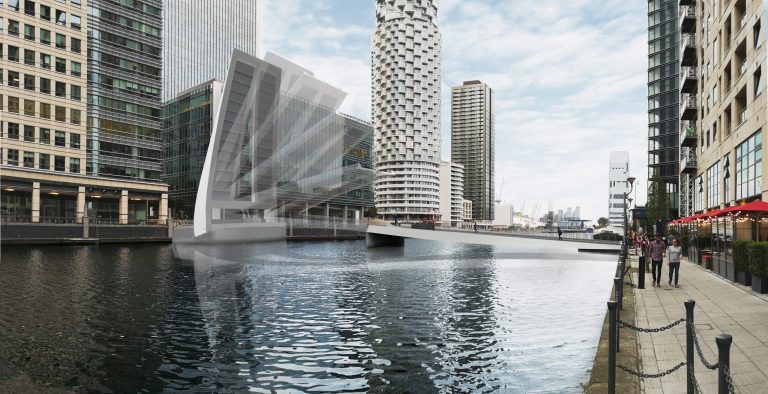Building decision-makers list budget constraints and buy-in from senior leadership as the two biggest barriers to their adoption of smart technologies, according to a new research report from Johnson Controls. The report, ‘Thinking Smart: How the foundations of the UK will be defined by smart buildings’, found that 99% of decision-makers see the value of smart tech – yet just 34% of buildings are currently fitted with smart solutions. In the short-term, this could be putting occupant health and safety at greater risk, while long-term, sustainability targets will be impacted. During the COVID-19 pandemic, smart technologies helped 87% of respondents keep their buildings safe – and over a third (37%) say it was critical or essential to doing so. Despite these evident benefits, budget constraints caused issues for two-thirds (64%) of decision-makers, while 42% struggled to get senior buy-in. When it comes to the smart building budget abyss, commercial office space organisations have to make their money stretch furthest, with required budgets as high as £2.7 million per building, and real budgets coming in as low as £1.3 million. Higher education is also struggling, with a £300,000 deficit from the £1.8 million they need, while government and healthcare organisations feel they have sufficient budgets to see value from their smart technology investments. For senior leaders, this exposes a difficult question: whether to address the problem head-on and make major investments now, or be forced to make urgent improvements down the line – both to reduce ever-mounting costs and meet increasingly tough sustainability targets. But it’s not only a problem in the present. Occupant health and safety takes top priority now, but decision-makers say that in five years’ time, energy efficiency will be top of their priority list. In ten years’ time, sustainability and net zero will take the top spot, signalling a growing focus on climate change. Worryingly, without the right smart technologies in place soon, businesses will struggle to achieve these goals. Priority in the next year Priority in the next five years Priority in the next ten years Occupant health & safety 59% 32% 32% Regulatory compliance 42% 28% 26% Employee experience 40% 34% 37% Operational efficiency 39% 42% 36% Energy efficiency 38% 58% 37% Cost efficiency 37% 44% 31% Security 34% 32% 29% Sustainability & net-zero targets 17% 37% 49% Profits 16% 21% 22% “Smart buildings haven’t only helped businesses get through the pandemic – they’re also essential to achieving ambitious sustainability targets like Carbon Net Zero,” said Andy Ellis, VP and General Manager, Johnson Controls UK&I. “Smart solutions that integrate with your fire, security, controls, HVAC, and occupancy systems can look across a whole building to see in real-time where efficiencies can be made. Without technologies like these to do the hard work for building staff, achieving new levels of sustainability targets and creating healthy workspaces – that support both the environment and employees – will be hard.” “It appears that building decision-makers understand the challenge, so now it’s on organisations like ours to speak out, educate the market and embrace the challenges we face around sustainability. We can do this by using smart technologies, so taking this message to the C-Suite and senior leaders – with tangible evidence on the benefits they will bring – will be critical. Then, we can gain their buy-in to ensure our buildings and businesses can be future-ready.”













